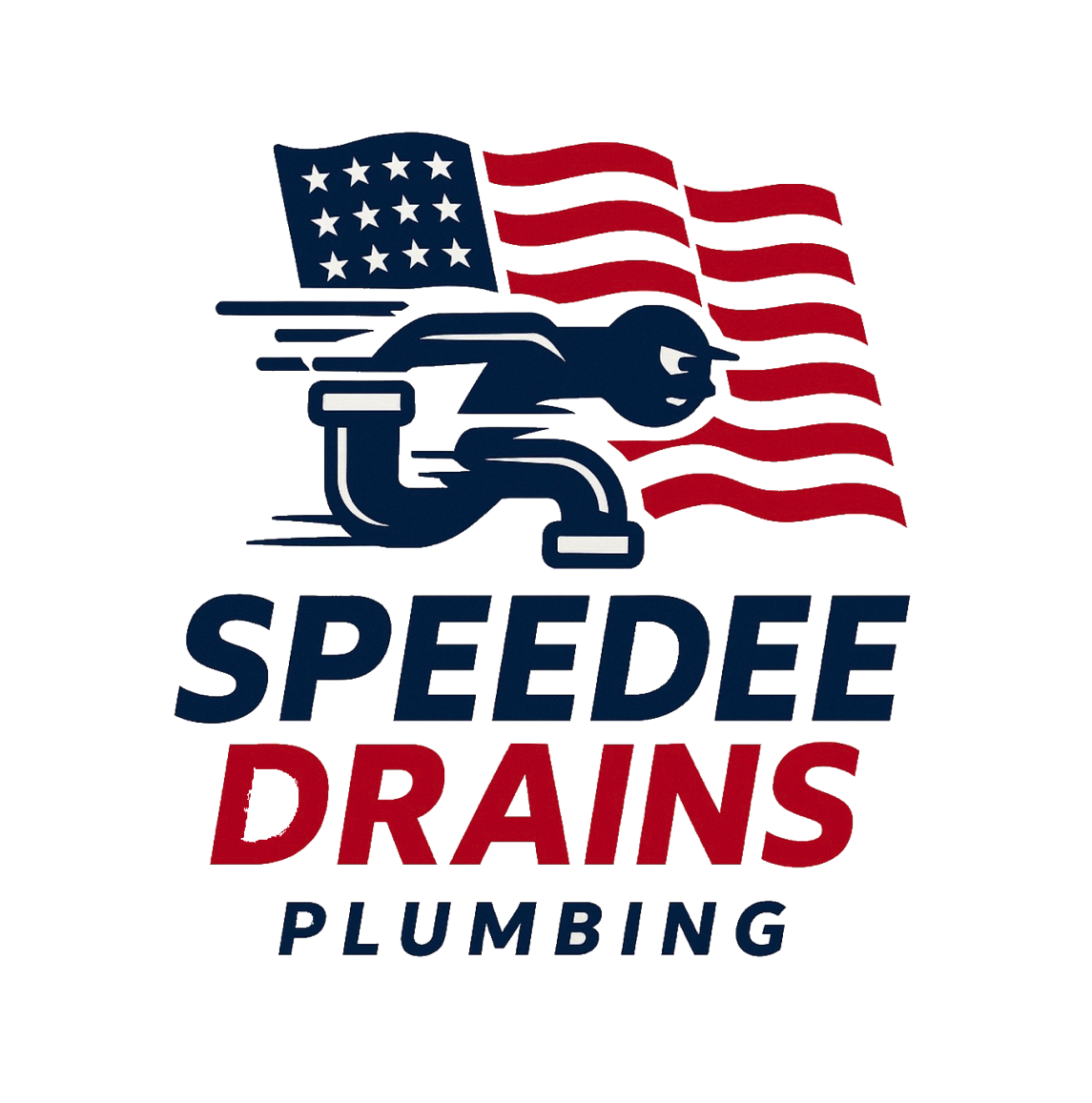Washing Machine Leaks: Causes, Troubleshooting, and How to Fix Them
A washing machine is one of the most important appliances in a household, but when it starts leaking water, it can create a huge mess fast. From water pooling on the laundry room floor to hidden drips damaging walls and floors, washing machine leaks can quickly lead to costly repairs if not addressed.
At Speedee Drains Plumbing Pros, serving Orange County and Los Angeles County, we specialize in residential and commercial plumbing services, including leak detection, drain cleaning, hydro jetting, and sewer line repairs. This guide will explain the most common reasons washing machines leak, troubleshooting steps you can take, and when to call a plumber.
1. Why Washing Machine Leaks Are Serious
Even small leaks should not be ignored:
- Water damage: Flooring, drywall, and subflooring can be ruined by constant moisture.
- Mold growth: Warm, damp laundry rooms are perfect for mildew.
- Higher water bills: Hidden leaks can waste gallons of water every load.
- Appliance damage: A leaking washing machine may break down entirely if not repaired.
2. Common Causes of Washing Machine Leaks
1. Loose or Damaged Hoses
The most frequent cause of washing machine leaks is a cracked or loose inlet or drain hose.
2. Faulty Door Seal (Front-Loading Machines)
A worn or dirty rubber seal around the door allows water to escape during cycles.
3. Overloaded Machine
Too many clothes cause water to splash and leak from seals and valves.
4. Clogged or Damaged Drain Pump
If the pump is clogged with lint or debris, water can back up and leak.
5. Faulty Water Inlet Valve
A damaged valve may continue letting water in even when the machine is off.
6. Soap or Detergent Issues
Using too much detergent, or the wrong type, creates excess suds that overflow.
7. Internal Tub or Drum Damage
Cracks in the drum or tub itself can cause slow leaks inside the machine.
3. Troubleshooting Washing Machine Leaks
Step 1: Identify the Leak Location
- Front of the machine: Door seal or overloading issue.
- Back of the machine: Inlet hoses, outlet hoses, or valves.
- Underneath the machine: Drain pump, tub, or internal seals.
Step 2: Check the Hoses
- Turn off water supply valves.
- Inspect inlet hoses for cracks or bulges.
- Check drain hose for kinks, clogs, or loose connections.
- Replace hoses if worn—braided stainless steel hoses are best.
Step 3: Inspect the Door Seal (Front-Loaders)
- Open the door and examine the rubber gasket.
- Remove lint, hair, or detergent buildup.
- Replace if cracked, brittle, or torn.
Step 4: Examine the Drain Pump
- Remove the lower access panel.
- Check for clogs in the pump filter.
- Replace the pump if damaged or leaking.
Step 5: Test the Water Inlet Valve
- Inspect for drips around where hoses connect.
- If water flows into the machine even when off, the valve is faulty.
- Replace with a manufacturer-approved valve.
Step 6: Evaluate Detergent Usage
- Use only HE (high-efficiency) detergent in front-loaders.
- Follow manufacturer guidelines for detergent amounts.
- Excess suds can create leaks even when hoses and seals are fine.
4. Preventing Washing Machine Leaks
- Replace supply hoses every 5–7 years.
- Use braided stainless steel hoses for extra durability.
- Clean door seals monthly to prevent buildup.
- Don’t overload laundry loads.
- Run regular cleaning cycles to reduce soap scum and debris.
- Inspect around the machine after every few washes to catch early leaks.
5. Signs of Hidden Washing Machine Leaks
Sometimes leaks aren’t visible right away. Look for:
- Musty odors in the laundry room.
- Warped baseboards or flooring near the machine.
- Water stains on ceilings below laundry rooms.
- Higher-than-usual water bills.
If you suspect a hidden leak, professional leak detection services may be needed.
6. When to Call a Professional
Call a plumber if:
- The leak continues after replacing hoses or seals.
- Water is coming from inside the drum or tub.
- Multiple plumbing fixtures back up when the washer drains (a sewer issue).
- You see mold or structural damage near the machine.
At Speedee Drains Plumbing Pros, we have the tools and expertise to repair washing machine connections, replace faulty valves, and clear clogged drain lines quickly.
7. Commercial Washing Machine Leaks
Laundry facilities in apartment complexes, hotels, and laundromats face heavy washer use, which means leaks are even more common.
- Causes: Overuse, poor maintenance, and high water pressure.
- Risks: Property damage, lost revenue, and safety hazards.
- Solutions: Preventive maintenance, leak detection, and scheduled plumbing service.
Final Thoughts
A leaking washing machine may start as a puddle on the floor, but if ignored, it can cause major water damage and costly repairs. By learning how to identify the source, troubleshoot common causes like hoses, seals, and valves, and follow preventive steps, you can protect your home and keep your laundry routine running smoothly.
At Speedee Drains Plumbing Pros, we proudly serve Orange County and Los Angeles County with expert residential and commercial plumbing services, specializing in drain cleaning, leak detection, hydro jetting, and sewer line repairs. Whether it’s a simple hose replacement or a major leak detection project, our team is here to help.
